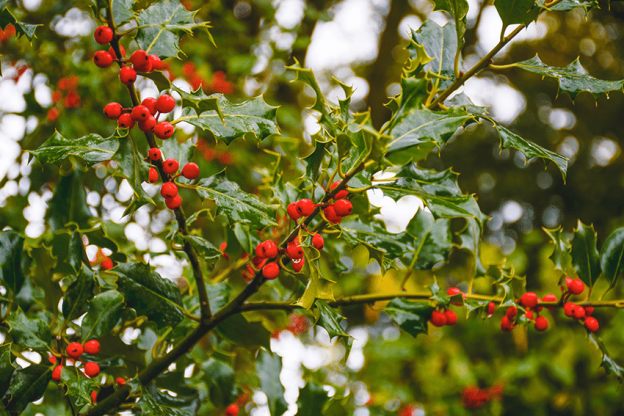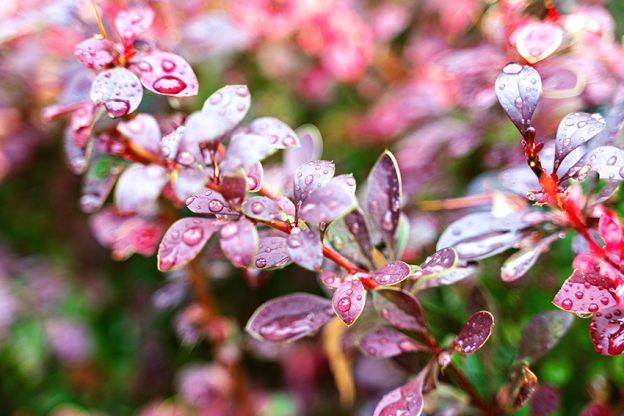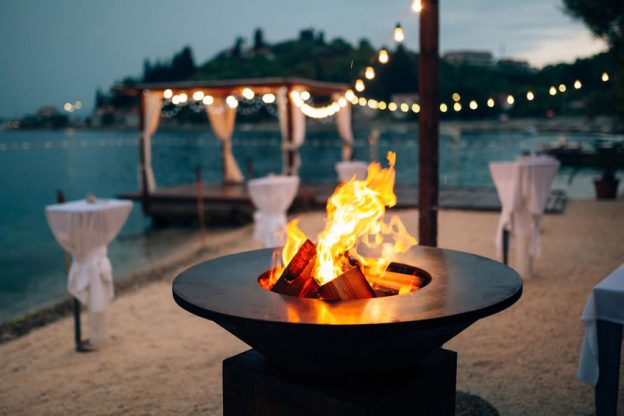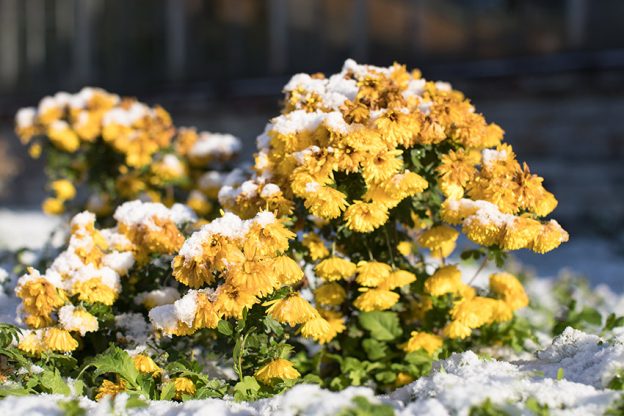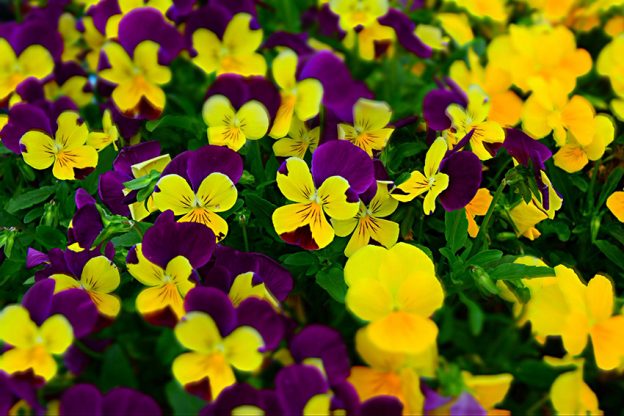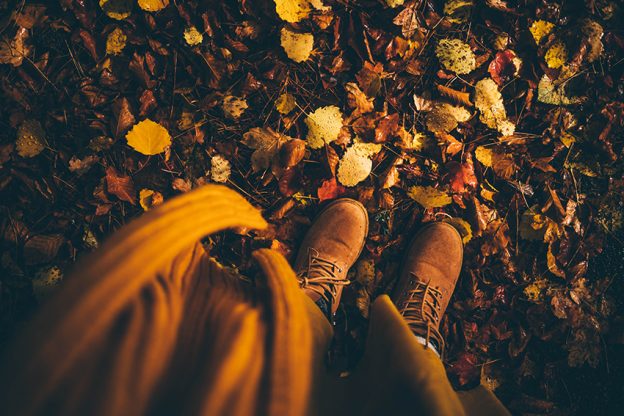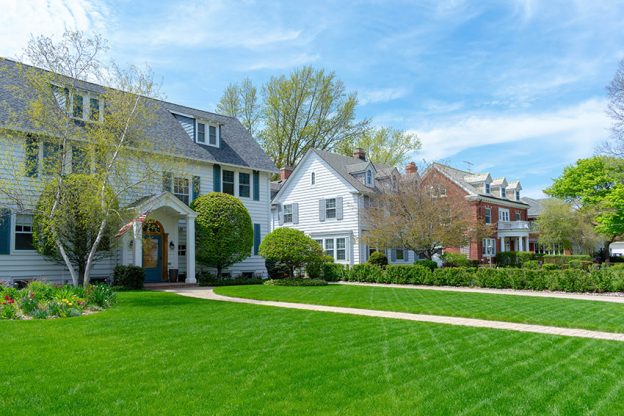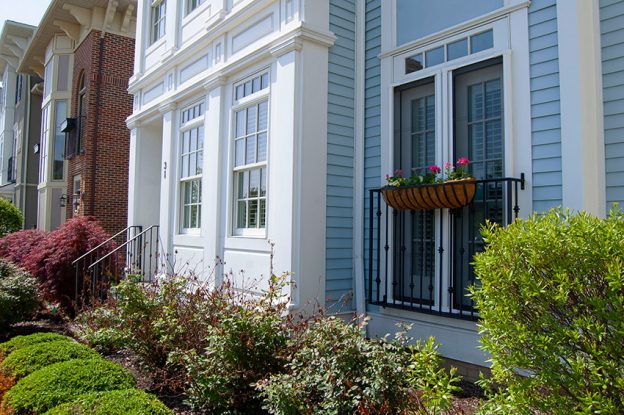HOLIDAY FLOWERS AND PLANTS THAT WILL SPRUCE UP YOUR CURB APPEAL
Just because the holidays fall during the winter season, it doesn’t mean that you have to settle for having a garden and yard that looks gray and barren. In fact, there are several holiday plants available that will be an excellent addition to your outdoor décor.
If you’ve been considering sprucing up your yard for the holidays, but haven’t been sure which plants would survive the cold Chicago climate, the list below will help get you started:
Holly Shrubs
Choosing this plant for your garden will certainly allow you to deck the halls boughs of holly during the holiday season. Once holly shrubs have established themselves, they will be able to provide a number of cuttings that can be used for decorations.
Holly shrubs will thrive in partially shady areas and the female variety will produce bright red berries that will add color to your garden. Planting male and female holly shrubs relatively close to each other will ensure that proper pollination occurs – which will allow them to produce the foliage, fruit and flowers that make them a favorite plant during the holidays.
Ivy Vines
Ivy is not only a traditional Christmas plant; this vine makes a great addition to landscaping under trees where shade makes it challenging other plants to thrive. Its variegated leaves create visual interest and many gardeners use it as groundcover in areas where preventing soil erosion is essential. Ivy tendrils also look lovely when trailing from window boxes and plant pots, and they can be used to make a number of different holiday decorations.
Blue Spruce
This hardy pine tree is often labeled as the perfect holiday plant because it can be strung with lights to complement your holiday décor or even trim a few of its branches to use as decorations inside your home. An added bonus to doing this is that they provide a lovely natural fragrance.
Blue Spruce trees require very little care and maintenance, but they will provide outstanding color in your yard during a time of year that most gardens look dull and bleak.
Yew Bushes
Branches from the yew bush have been used as traditional holiday decorations in many countries for centuries and they also make for a lovely evergreen hedge – many gardeners take delight in trimming these into various shapes for the holidays.
The yew tolerates bugs, drought and disease really well, not only making it a good base plant for your garden; new plants can be propagated from cuttings quite easily as well, making it easy to share with family, friends and fellow gardeners. Branches can also be brought into your home and used as decorations year after year.
Planting the above-mentioned trees, flowers and shrubs will not only allow your home to look festive during the holidays; your garden and yard will continue looking great during the rest of the year because of some of them being evergreen as well. If you’re keen to spruce up your yard and garden before the holidays and aren’t sure how to get started, contact our landscaping team today.


